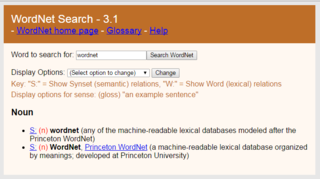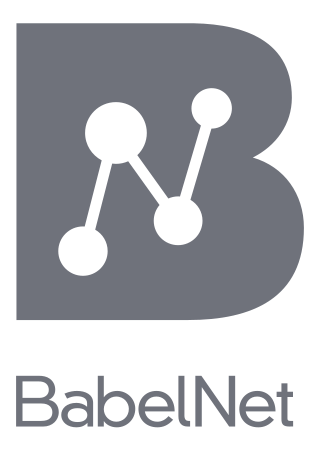| Workshop | No. of Tasks | Areas of study | Languages of Data Evaluated |
|---|
| Senseval-1 | 3 | Word Sense Disambiguation (WSD) - Lexical Sample WSD tasks | English, French, Italian |
| Senseval-2 | 12 | Word Sense Disambiguation (WSD) - Lexical Sample, All Words, Translation WSD tasks | Czech, Dutch, English, Estonian, Basque, Chinese, Danish, English, Italian, Japanese, Korean, Spanish, Swedish |
| Senseval-3 | 16
(incl. 2 cancelled) | Logic Form Transformation, Machine Translation (MT) Evaluation, Semantic Role Labelling, WSD | Basque, Catalan, Chinese, English, Italian, Romanian, Spanish |
| SemEval2007 | 19
(incl. 1 cancelled) | Cross-lingual, Frame Extraction, Information Extraction, Lexical Substitution, Lexical Sample, Metonymy, Semantic Annotation, Semantic Relations, Semantic Role Labelling, Sentiment Analysis, Time Expression, WSD | Arabic, Catalan, Chinese, English, Spanish, Turkish |
| SemEval2010 | 18
(incl. 1 cancelled) | Coreference, Cross-lingual, Ellipsis, Information Extraction, Lexical Substitution, Metonymy, Noun Compounds, Parsing, Semantic Relations, Semantic Role Labeling, Sentiment Analysis, Textual Entailment, Time Expressions, WSD | Catalan, Chinese, Dutch, English, French, German, Italian, Japanese, Spanish |
| SemEval2012 | 8 | Common Sense Reasoning, Lexical Simplification, Relational Similarity, Spatial Role Labelling, Semantic Dependency Parsing, Semantic and Textual Similarity | Chinese, English |
| SemEval2013 | 14 | Temporal Annotation, Sentiment Analysis, Spatial Role Labeling, Noun Compounds, Phrasal Semantics, Textual Similarity, Response Analysis, Cross-lingual Textual Entailment, BioMedical Texts, Cross and Multilingual WSD, Word Sense Induction, and Lexical Sample | Catalan, French, German, English, Italian, Spanish |
| SemEval2014 | 10 | Compositional Distributional Semantic, Grammar Induction for Spoken Dialogue Systems, Cross-Level Semantic Similarity, Sentiment Analysis, L2 Writing Assistant, Supervised Semantic Parsing, Clinical Text Analysis, Semantic Dependency Parsing, Sentiment Analysis in Twitter, Multilingual Semantic Textual Similarity | English, Spanish, French, German, Dutch, |
| SemEval2015 | 18
(incl. 1 cancelled) | Text Similarity and Question Answering, Time and Space, Sentiment, Word Sense Disambiguation and Induction, Learning Semantic Relations | English, Spanish, Arabic, Italian |
| SemEval2016 | 14 | Textual Similarity and Question Answering, Sentiment Analysis, Semantic Parsing, Semantic Analysis, Semantic Taxonomy | |
| SemEval2017 | 12 [15] | Semantic comparison for words and texts, Detecting sentiment, humor, and truth and Parsing semantic structures | |
| SemEval2018 | 12 [16] | Affect and Creative Language in Tweets, Coreference, Information Extraction, Lexical Semantics and Reading Comprehension and Reasoning | |




